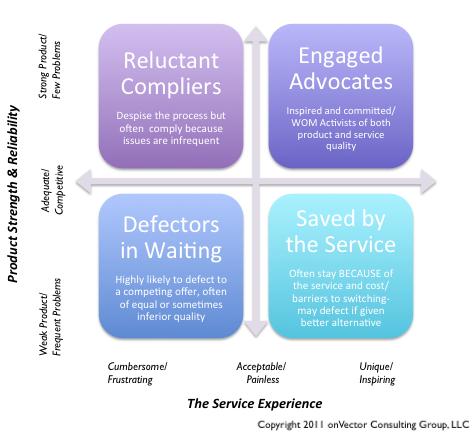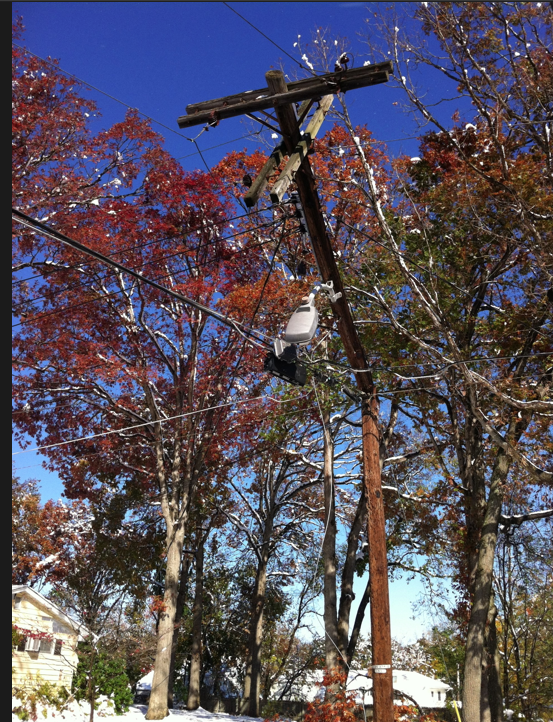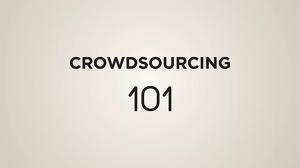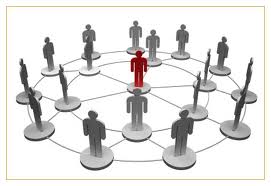Remember these guys?

Of all the business functions discussed in the arena of performance improvement over the years, Customer Service has certainly gotten its fair share. But lately, with the rapidly growing range of new enabling technologies, and an accelerated adoption rate that shows these technologies are starting to take root, we are now seeing some of the best performance “breakout” stories since the legendary FedEx, Nordstrom, and Toyota (Lexus) case studies of the 90’s.
What’s interesting about today’s success stories is that it’s no longer about what I call the customer “heroics”– the FEDEX guy who hires a plane to deliver a package that just “has to get there overnight”, or the Nordstrom sales clerk who agrees to sell a single shoe to a woman with only one leg. And it’s not about the technologies. It’s now about the little things–the refreshingly responsive, yet consistent, way in which everyday transactions get executed.
I’ve got your number
A few weeks ago I called Apple to check on a repair (self induced). I was in my car and didn’t have time to look up the number of the repair facility or the order number. I figured I could call Apple’s main number (which they apparently pre-program into your phone), and have them look me up via my email or phone number. If I was lucky, they’d transfer me directly to the repair facility.

I called the number, their system recognized mine, and without any IVR menus, speech requests, or human involvement, I heard “We recognize that you have a repair with us. It was completed yesterday and shipped at 5:23PM for Saturday delivery at your home address…If you need anything else, just say what you need.” Everyone these days has voice recognition and ANI capabilities in their call center. But in this experience, everything was placed exactly right, in the precise order required to produce a great experience
I had a similar experience last year with AT&T Mobile, when I received a text that read:
“Your bill is ready for $xxx.xx (which is my average bill amount). You can view it on ATT.com or by clicking here.—–Please respond “full” if you would like to pay in full, or a specific amount ‘XX.XX’ We will process your payment using the credit card on file”
These days, nearly every company I work with has a mobile strategy, or at least has one on the drawing board. But this is the best application of mobile service I’ve seen, again, largely because of how the process was designed and sequenced. Sure, I could go visit the website and see my bill, then go home and pay it like nearly every other system. Or I can simply respond “full.”
Of course, there is the Apple Store in your local mall that sells more per square foot than just about any retailer in your state. These stores are always packed, even at 1pm on a slow Wednesday. There are no cash registers. Cards are swiped by sales clerks using hand-held devices, which prompts someone in the back to quickly bring the product to you. They offer to print or email your receipt on the spot, and you’re off. I can remember distinctly the first time I experienced this, actually leaving the store feeling like I had forgotten something.
Truth is, I DID forget something– all the needless paper and annoyance that usually accompanies routine retail transactions!
So here’s the moral of those stories, and others like it—It’s no longer about the heroics. It’s no longer about the technologies. It’s about how well those things are understood in the complete context of customer experience drivers, and then deployed in a mass producible way.
 Build in the “small stuff” where it matters most
Build in the “small stuff” where it matters most
Next time you are getting ready to deploy one of those myriad of “must have” or “way cool” technologies for the sake of customer satisfaction or productivity improvement, think about the following in terms of HOW and WHERE you will deploy it within your process:
- Will it help me produce a faster TTE (Time to Engagement)? –- That’s the time it takes from the customer’s initial call arriving until they actually feel that the agent or system understands and is engaged in solving the problem (rather than the incessant and often redundant asking/probing/clarifying about why the person is calling). How long does it take to get past all that script-based validation, authentication, menu choices, long-winded greetings, survey requests, transfers, redundant requests, etc.)?
- Will it improve the speed of the transaction? Will it mean more or fewer steps for the customer? This sounds simple, but in most applications of CS technology — IVR, ANI, Voice Recognition -– the pain factor for the customer usually goes up, even though cost for the company may be going down.
- Does it improve customer convenience? What I liked about the AT&T bill text experience is that the entire solution took place in real time, rather than as three separate transactions (viewing text (on the run), viewing bill (at your desk), paying bill (at home).
- Is it respectful of the customer’s time? New technologies like Virtual Hold allow a caller to forego waiting in queue by having the system maintain the caller’s place in line and call them back when an agent becomes available (or at a time agreeable to the caller).
- Will it quietly steer the customer to a better solution if one exists? I like the IVR hold schemes that offer tips or better calls to action, whether or not they actually produce one on the spot. Even better if the solution is unique and “smart” enough to warrant a “wow” reaction. I had this experience where I was attempting a complicated installation, and the hold narrative mentioned a site that there were video tutorials available. That was better than another instrumental version of “Just the Way You Are,” and far better than “you can visit our website”.
- Will it produce a notable distinction between what occurs and what a customer was expecting? I know that sounds trite, but very few actually do. Remember, it’s not only the magnitude of the distinction, but how meaningful the result is as well. Significantly reducing the wait time on-hold isn’t going to buy you much good will if the service the customer receives remains inadequate. I use the term “refreshingly responsive” (implying responsive, but with a useful but unexpected touch — the service equivalent of lagniappe).
One of my clients uses the term “smart value” when describing a product transaction that is reinforcing to the customer (I made a good choice, and I feel smart for having done so). I would argue that the same dynamic is possible with transactions. Admittedly, it’s very challenging to make a customer feel good about making a call to resolve an issue. But I’ve gotta tell you, when it happens, it certainly carries a loyalty premium.
And that’s how we redefine WOW!
-b
Bob Champagne is Managing Partner of onVector Consulting Group, a privately held international management consulting organization specializing in the design and deployment of Performance Management tools, systems, and solutions. Bob has over 25 years of Performance Management experience with primary emphasis on Customer Operations in the global energy and utilities sector. Bob has consulted with hundreds of companies across numerous industries and geographies. Bob can be contacted at bob.champagne@onvectorconsulting.com




 Pigeons, Teenagers, and Everything In Between
Pigeons, Teenagers, and Everything In Between



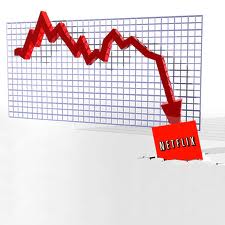
 Berkshire Hathaway, a company whose entire business is based on the prudent, sober, and wise investing of its founder, ended up the subject of one of 2011’s stories of financial impropriety–an insider trading scandal the likes of which we’ve come to expect from the industry, just not from these guys.
Berkshire Hathaway, a company whose entire business is based on the prudent, sober, and wise investing of its founder, ended up the subject of one of 2011’s stories of financial impropriety–an insider trading scandal the likes of which we’ve come to expect from the industry, just not from these guys.


